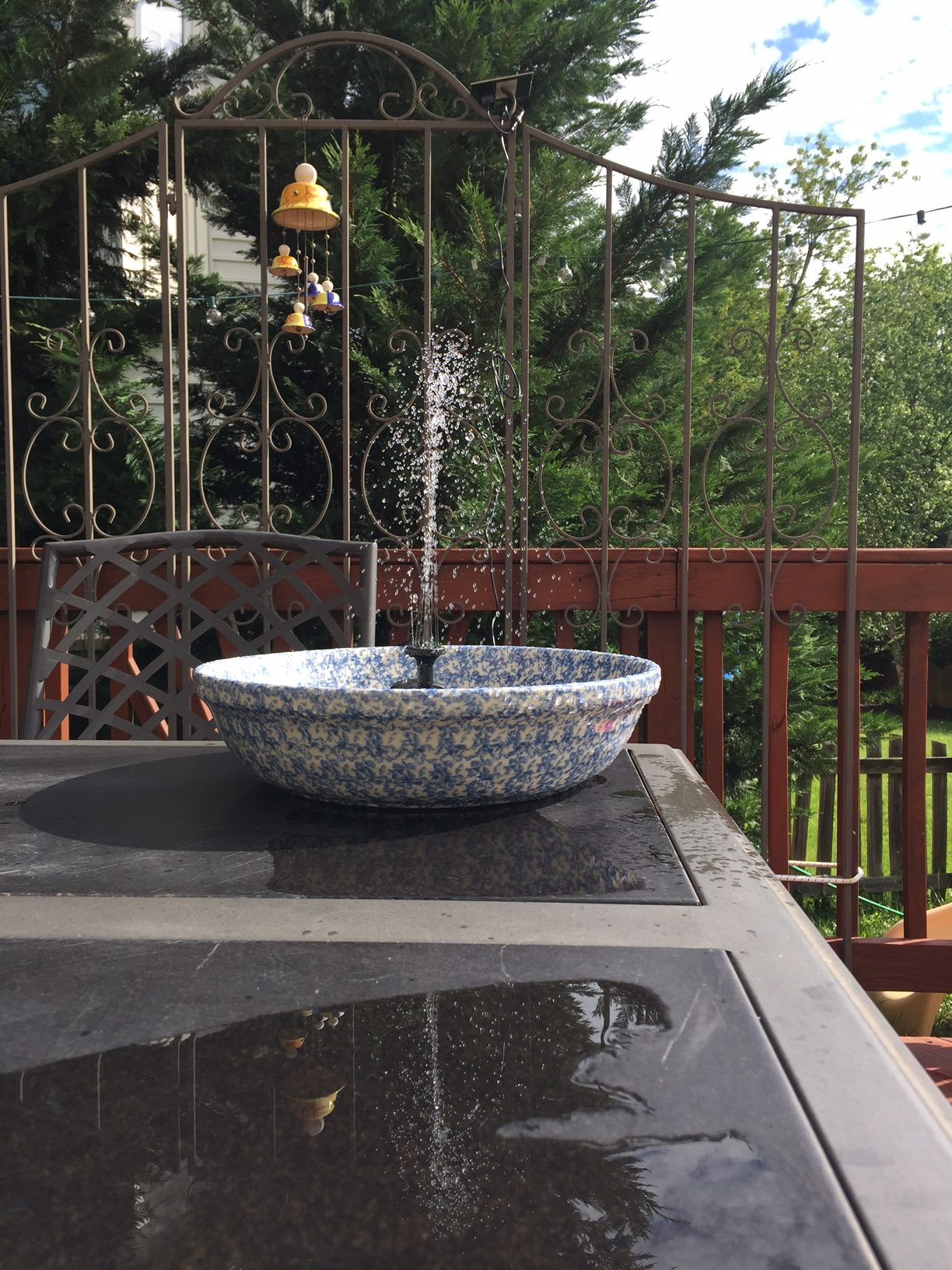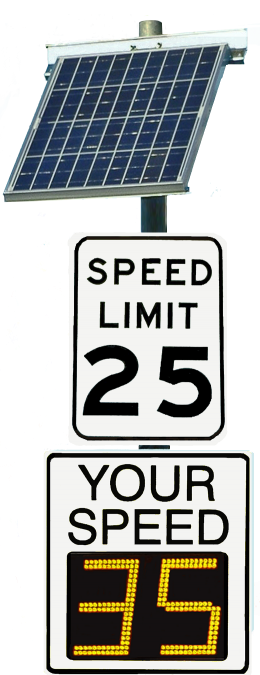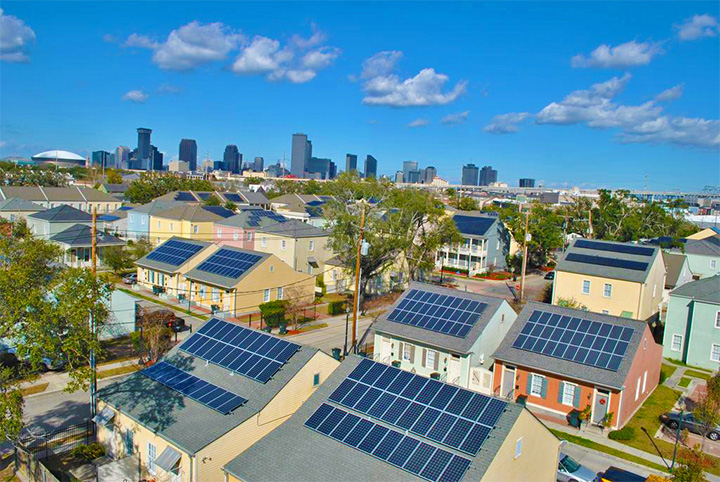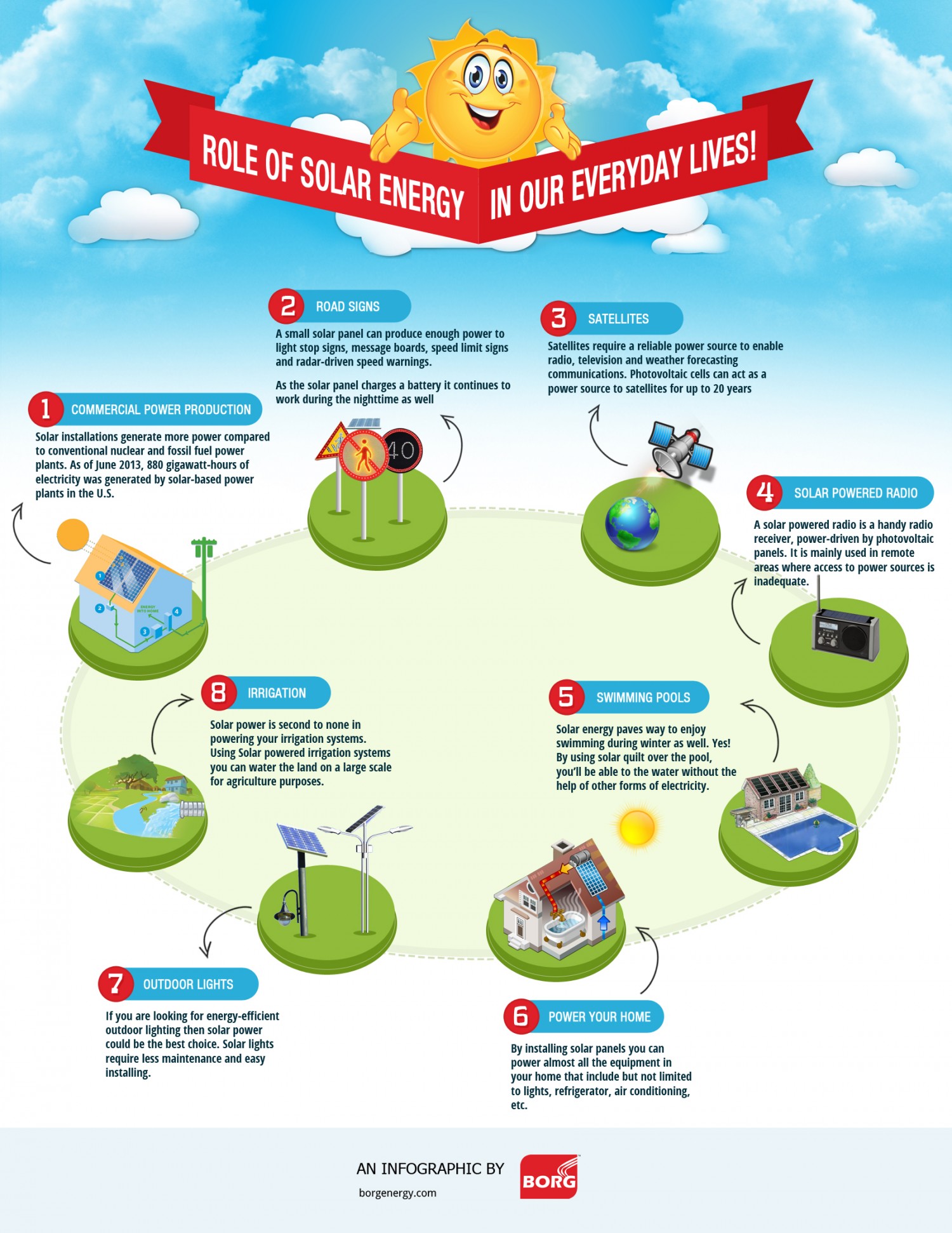What do you wonder? What do you notice about the two photos?
What questions comes to mind?
 |
 |
Can you find the solar panel in my picture?
Enlarge the photo and see if you can spot it!
Have you seen solar panels in your neighborhood? I’ve seen signs near GMU “Solarize Fairfax”
see http://solarizenova.org/solarize-fairfax-county
 Learn more about Solar Energy with Bill Nye or
Learn more about Solar Energy with Bill Nye or
Learn more about SOLAR Energy through the National Renewable Energy Laboratory
https://www.nrel.gov/workingwithus/education-resources.html


The River Garden Apartments sustainable neighborhood in New Orleans is not only the largest solar project in Louisiana but also the largest solar neighborhood in the Southeastern USA and possible the world!

SOLAR PANEL FOUNTAINS
| Science and Math modeling |
This project addresses the following problems-· How can we use solar panels to power our water fountain in our garden? What is the best angle to place my solar panels?How much energy can solar panels provide us?What happens with the energy when we add more panels? |
| Problem-based Learning
|
In this project, students will:Analyze the use of solar panelsLearn about being an environmental steward – roles, responsibilities, and outcomes |
| Access to Equitable Teaching Practices
|
Building a community in the Classroom· Allow students to research and explore how solar energy is used in the community around them.· Encourage community partners to present and/or sponsor field experiences for the students.· Create an open environment for students to brainstorm about their ideas. |
| Rigorous Content Knowledge |
Assess:Preassess and post assess unit objectivesStudent journals, videos, presentations, and action plans should reflect their increased awareness about the need for solar power.Students are able to successfully present their ideas and recommendation to an authentic audience of decision-makers. |
| Knowledge and Confidence as STEM learner/leader |
Real-world problem solving skills such as:· |
| Modified from
USA TODAY article about use of Street signs http://www.ducksters.com/science/environment/solar_power.php http://geo-dome.co.uk/article.asp?uname=solar_mirror Fun Fact about Solar Power If only 4% of the world’s deserts were covered in photovoltaic cells, they could supply all of the world’s electricity. All solar panels are rated by the DC power produced in standard test conditions. A typical solar panel produces about 200 watts of electricity based on the efficiency and size of what’s installed. For example, if you have 25 panels installed, you may have an output of about 5 kilowatts (kW).
|
|
